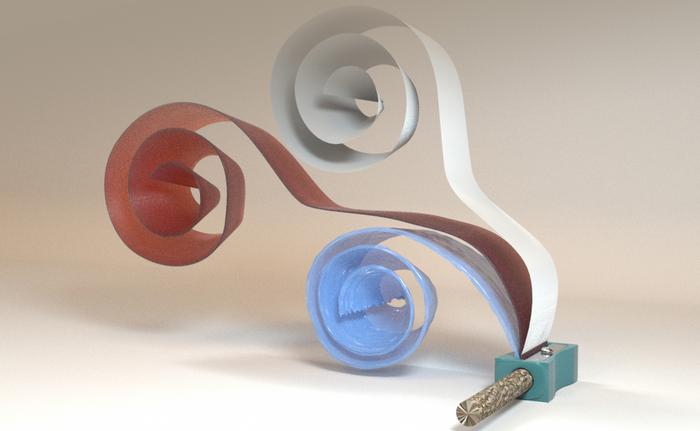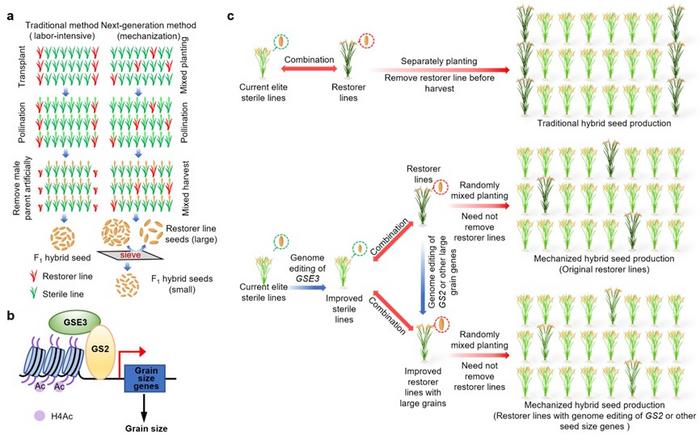Patients have lower rates of mortality and hospital readmissions when treated by female physicians, with female patients benefitting more than their male counterparts, new research suggests.
The mortality rate for female patients was 8.15% when treated by female physicians vs. 8.38% when the physician was male—a clinically significant difference, the researchers found. While the difference for male patients was smaller, female physicians still had the edge with a 10.15% mortality rate compared with male doctors’ 10.23% rate.

The researchers found the same pattern for hospital readmission rates.
Patient outcomes should not differ between male and female physicians if they practice medicine the same way, said Dr. Yusuke Tsugawa, associate professor-in-residence of medicine in the division of general internal medicine and health services research at the David Geffen School of Medicine at UCLA and the study’s senior author.
Sign up for the Daily Dose Newsletter and get every morning’s best science news from around the web delivered straight to your inbox? It’s easy like Sunday morning.
“What our findings indicate is that female and male physicians practice medicine differently, and these differences have a meaningful impact on patients’ health outcomes,” Tsugawa said. “Further research on the underlying mechanisms linking physician gender with patient outcomes, and why the benefit of receiving the treatment from female physicians is larger for female patients, has the potential to improve patient outcomes across the board.”
The researchers examined Medicare claims data from 2016 to 2019 for about 458,100 female and nearly 319,800 male patients. Of those, 142,500 and 97,500, or roughly 31% for both, were treated by female doctors. The primary outcomes were 30-day mortality from the date of hospital admission and 30-day readmission from the date of discharge.
There may be several factors driving these differences, the researchers write. They suggest that male doctors might underestimate the severity of their female patients’ illness – prior research has noted that male doctors underestimate their female patients’ pain levels, gastrointestinal and cardiovascular symptoms, and stroke risk, which could lead to delayed or incomplete care. Also, female doctors may communicate better with their female patients, making it likelier that these patients provide important information leading to better diagnoses and treatment. Finally, female patients may be more comfortable with receiving sensitive examinations and engaging in detailed conversations with female physicians.
But more research is needed into how and why male and female physicians practice medicine differently and its impact on patient care, Tsugawa said. “A better understanding of this topic could lead to the development of interventions that effectively improve patient care,” he said.
In addition, gender gaps in physician pay should be eliminated, he said. “It is important to note that female physicians provide high-quality care, and therefore, having more female physicians benefits patients from a societal point-of-view,” Tsugawa said.
IMAGE CREDIT: NASA.
If you enjoy the content we create and would like to support us, please consider becoming a patron on Patreon! By joining our community, you’ll gain access to exclusive perks such as early access to our latest content, behind-the-scenes updates, and the ability to submit questions and suggest topics for us to cover. Your support will enable us to continue creating high-quality content and reach a wider audience.
Join us on Patreon today and let’s work together to create more amazing content! https://www.patreon.com/ScientificInquirer


.jpg)


Leave a Reply